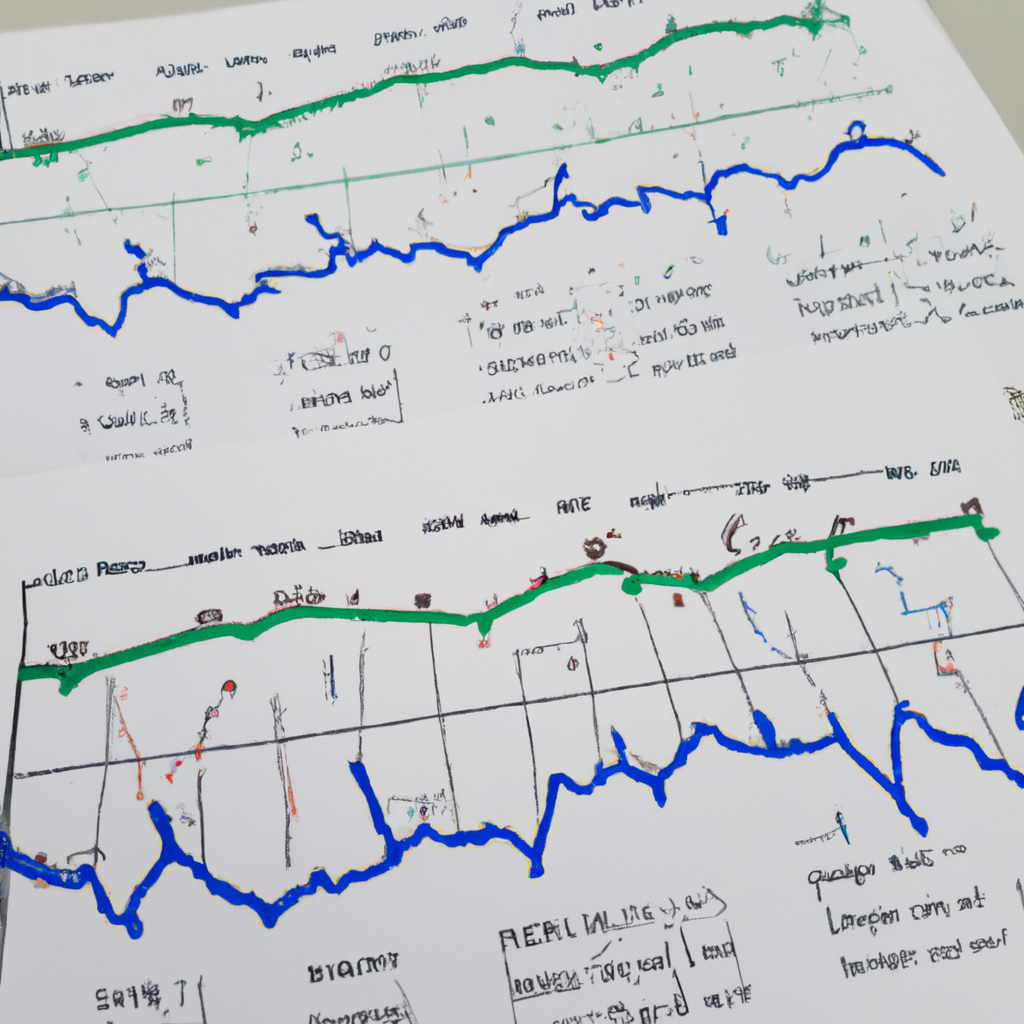Identifying Common Chart Patterns: A Guide for Traders
Introduction
When it comes to technical analysis in trading, chart patterns play a crucial role in helping traders identify potential opportunities and make informed decisions. By studying patterns formed by price movements over time, traders can gain insights into market trends, reversals, and future price movements. In this article, we will explore some of the most commonly observed chart patterns and discuss how to identify them.
1. Head and Shoulders Pattern
The head and shoulders pattern is a popular reversal pattern that often signals the end of an uptrend. It consists of three peaks, with the middle peak (the head) being higher than the other two (the shoulders). The neckline, drawn by connecting the lows between the peaks, acts as a support level. Traders often look for a break below the neckline as a signal to enter a short position.
2. Double Top and Double Bottom Patterns
The double top pattern is a bearish reversal pattern that occurs when the price makes two consecutive peaks at approximately the same level, followed by a break below the support level. Conversely, the double bottom pattern is a bullish reversal pattern formed by two consecutive troughs at around the same level, followed by a break above the resistance level. Traders keep an eye on these patterns as they can indicate a potential trend reversal.
3. Triangle Patterns
Triangle patterns are continuation patterns that suggest a temporary consolidation before the price resumes its previous trend. There are three main types of triangle patterns: ascending, descending, and symmetrical triangles. Ascending triangles have a flat top and a rising bottom, indicating potential bullishness. Descending triangles have a flat bottom and a declining top, suggesting potential bearishness. Symmetrical triangles have both a rising bottom and a declining top, indicating indecision in the market.
4. Cup and Handle Pattern
The cup and handle pattern is a bullish continuation pattern that resembles a cup with a handle. It is formed when the price experiences a rounded bottom (the cup) followed by a small consolidation (the handle) before continuing its upward move. Traders often consider a break above the handle as a signal to enter a long position.
5. Wedge Patterns
Wedge patterns are characterized by converging trend lines that move in either an upward or downward direction. Rising wedges are bearish patterns that indicate a potential trend reversal, while falling wedges are bullish patterns that suggest a potential trend reversal to the upside. Traders look for a break below the lower trend line in a rising wedge or a break above the upper trend line in a falling wedge to confirm a potential trade entry.
Conclusion
Chart patterns are valuable tools for traders to identify potential trading opportunities and make informed decisions. By understanding and recognizing common chart patterns such as the head and shoulders, double top and bottom, triangles, cup and handle, and wedges, traders can enhance their technical analysis skills and increase their chances of success in the market. Remember, it is essential to combine chart patterns with other technical indicators and risk management strategies for a well-rounded trading approach.

